People
Daniella M. Rempe
 Daniella’s long-term research goal is to promote the sustainability of water resources by contributing to a mechanistic understanding of groundwater and vadose-zone processes, particularly in mountainous regions. Her current research focuses on understanding controls on the spatial pattern of weathering on actively eroding landscapes and the implications of that weathering on moisture storage and transport in fractured rock.
Daniella’s long-term research goal is to promote the sustainability of water resources by contributing to a mechanistic understanding of groundwater and vadose-zone processes, particularly in mountainous regions. Her current research focuses on understanding controls on the spatial pattern of weathering on actively eroding landscapes and the implications of that weathering on moisture storage and transport in fractured rock.
Daniella’s expertise lies in hydrologic field observations, fluid flow and near surface geophysics. She holds a doctorate in Earth and Planetary Science and a Masters of Science in Environmental Engineering, both from the University of California, Berkeley and a Bachelors of Science in Geosystems Engineering and Hydrogeology from the University of Texas at Austin. Daniella’s research experience and outlook are highly interdisciplinary and she actively collaborates with a diverse network of scientists through the NSF Critical Zone Observatory program and the Wyoming Center for Environmental Hydrology and Geophysics.
| Graduate Students | |
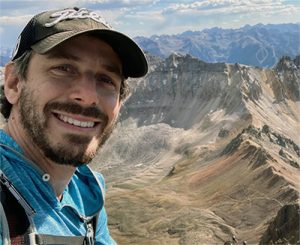 |
Christopher LinickPhD expected 2024 Chris is a geophysicist with roots in geodesy. He studies inverse problems at the intersection of hydrology and geodesy; for instance, currently he is working to quantify snowpack across the Sierra Nevada of California from dense GPS observations of crustal deformation and other data types. He also works with gravimeters, and operates a superconducting gravimeter in West Texas. Co-supervisor: Clark Wilson |
 |
Daphne SmithB.S. Hydrogeology 2022 M.S. Expected 2024 Daphne began working in the Rempe Lab in the summer of 2021 as an undergraduate researcher leading regular field campaigns at the White Family Outdoor Learning Center. She continued this work into her master’s degree which has focused on the role of fractured bedrock deep root zone water storage in drought recovery using geophysical techniques of neutron probe and nuclear magnetic. |
 |
Berit Hudson RasmussenPhD. Expected 2027 B.A. Geology, Carleton College, 2020 Berit is interested in root zone storage dynamics and runoff generation. Currently she is working on how root zone storage changes in response to disturbance (i.e. wildfire or drought), and how this effects the timing and magnitude of streamflow response post-disturbance. Her work uses a combination of field measurements and remote sensing techniques. |
 |
Mielle Lee |
| Undergraduate Researchers | |
 |
Fernanda JuarezB.S. Geosystems Engineering/Hydrogeology expected 2024 |
 |
Alexander KellyB.S. Hydrogeology expected 2024 |
| Former Postdoctoral Researchers | |
 |
K. Dana ChadwickPh.D., Stanford Current NASA JPL Scientist Dana is an Earth System scientist researching the interconnections among ecosystems, critical zone processes, and the evolution of landscapes. Her work primarily utilizes airborne platforms that integrate imaging spectroscopy and lidar sensors, extensive field sampling campaigns, and laboratory analyses. She combines these techniques in order to uncover spatial distributions of ecosystem characteristics and link these patterns to underlying processes. |
 |
W. Jesse HahmPh.D., UC Berkeley Current Assistant Professor, Department of Geography, Simon Fraser University |
 |
Armaghan Abed-ElmdoustCo-Supervisor: Zong-Liang Yang |
| Former Graduate Students | |
 |
Evan KingM.S., 2023
|
 |
Logan Marcos SchmidtM.S., 2022 Logan is interested in the shallow subsurface and its interaction with terrestrial ecosystems. His graduate research seeks to characterize and model the physical and hydraulic properties of the upper <100 meters of the surface using geophysical techniques. |
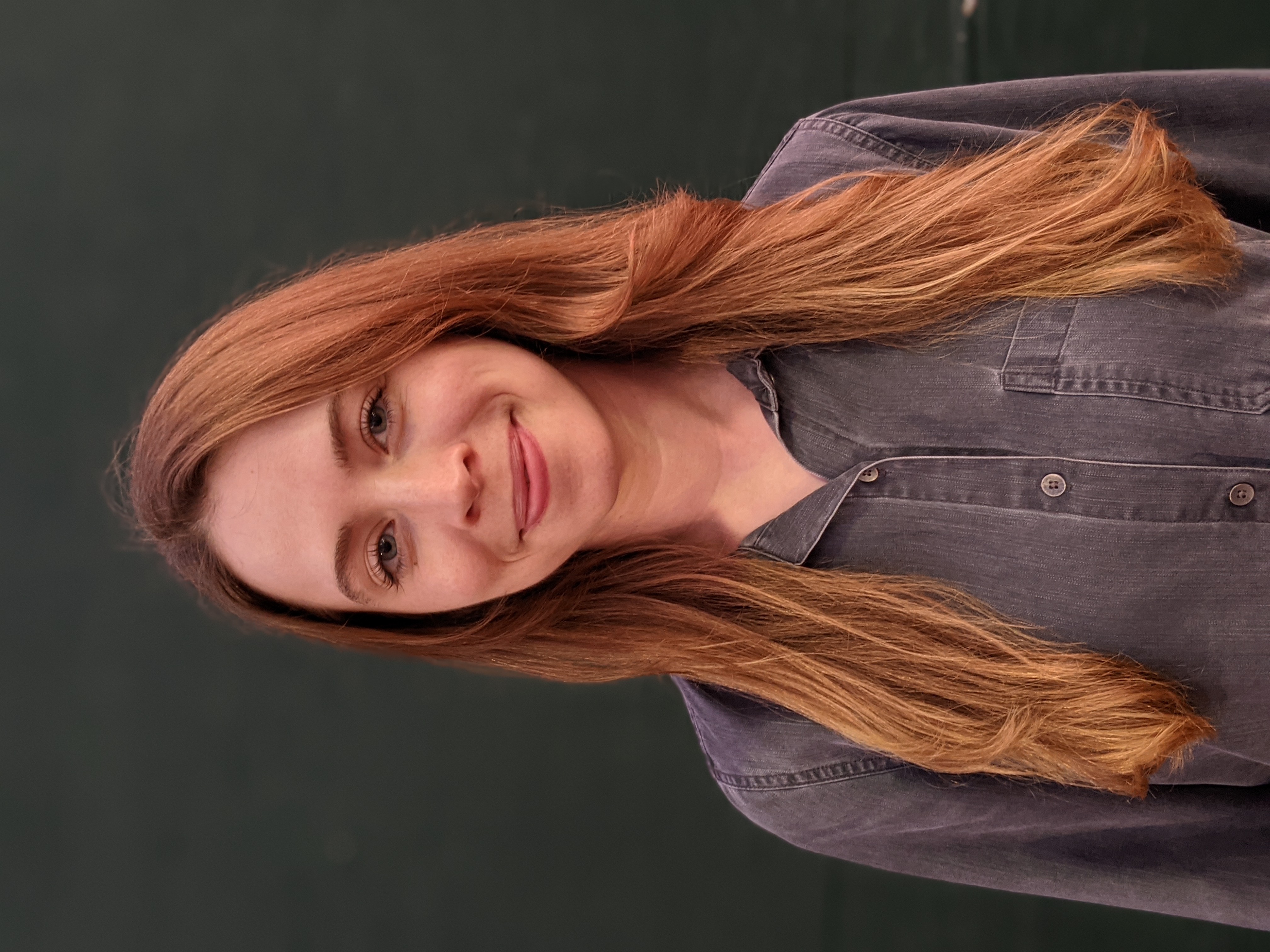 |
Alison TunePhD, 2022 Alison is interested in understanding the biotic influences on water cycling throughout the critical zone. Her research focuses on the role of vegetation and microorganisms on dictating water flow pathways in the unsaturated zone. In particular, she is interested in weathering induced by microbial activity within the fractured hillslopes of the Eel Critical Zone Observatory, and how that is represented in chemical and physical observations. |
 |
Paul SouthardM.S., 2019 Paul is interested in how spring-associated vegetation in dryland channels impacts flow dynamics and ultimately channel form and steepness. Co-supervisor: Joel Johnson
|
 |
Michelle PedrazasM.S.,2020 Michelle is interested in understanding the near-surface using hydrogeophysics. |
 |
Shawn LeeM.S. The University of Texas at Austin 2018 Shawn is interested in near surface seismic processing and interpretation with applications to subsurface hydrology and landform processes. Masters research includes numerical analyses of stress and seismic tomography. |
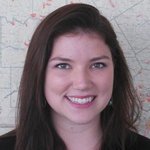 |
Caroline HackettM.S. The University of Texas at Austin 2018 Caroline’s research focuses on surface water-groundwater interactions in karst systems. Co-supervisor: Marcus Gary
|
| Former Undergraduate Students | |
 |
Summer MontoyaB.S. Environmental Science, 2023 |
 |
Rebekah GarzaB.S. Environmental Science, 2023 |
 |
Josef SchmidtB.S. Environmental Science, 2023 |
 |
Xochitlinda GonzalesB.S., 2022 Xochitlinda has participated in the field campaign at the White Outdoor Learning Center, where she assists in conducting neutron probe measurements of vadose zone moisture dynamics. |
 |
Rachel BreunigB.S. Environmental Science, Geology, 2020 Current graduate student at University of Wisconsin, Madison Rachel is interested in understanding the critical zone and weathering processes. Her research focuses on connecting physical and geochemical features of weathering profiles, specifically through tau profiling and analysis of the hill slopes of Rancho Venada and the Eel River Conservatory. |
 |
Zach MungiaB.S., 2019. |
 |
Colt KernanB.S. Hydrogeology, 2019 Colt is broadly interested in fluvial and glacial geomorphology . He’s assisted in vadose zone research across varying landscapes and is currently working to quantify glacial retreat in Western Greenland. |
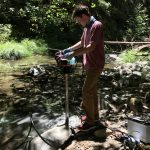 |
Nick Soto-KeransB.S. Hydrogeology, 2019 Nick’s research interests are in hydrogeology and geophysics. |
 |
Yinuo WangB.A. Geological Science, 2018 Geochemistry and hydrogeology |
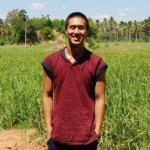 |
Nathan HsuB.S. Geosystems Engineering and Hydrogeology, 2018 Nathan’s research interests are in groundwater surface water interactions, and specifically, the role of the vadose zone in controlling the composition of groundwater. Nathan’s undergraduate research focuses on the timing of groundwater responses to storms in fractured bedrock groundwater systems. |
 |
Amy De LunaB.S., 2018 |
| Former Technical Research Staff | |
 |
Erica McCormickB.S. Environmental Science, Geology, UT Austin, 2020 Erica’s current work revolves around understanding where, when, and why plants access water stored in bedrock. Erica is heading to Stanford in the fall of 2022 to begin her graduate work. |
 |
William SpeiserVadose zone monitoring system technician |
 |
Mariel NelsonB.A. Geophysics, University of California, Berkeley, 2018 Current graduate student, UT Austin Mariel is interested in land surface and shallow subsurface dynamics related to natural hazards. She is a field technician and data wrangler for the vadose monitoring system at the Eel River Critical Zone Observatory. Her current research investigates controls on rainfall-triggered landslides in Northern California’s sedimentary Great Valley Sequence. |


